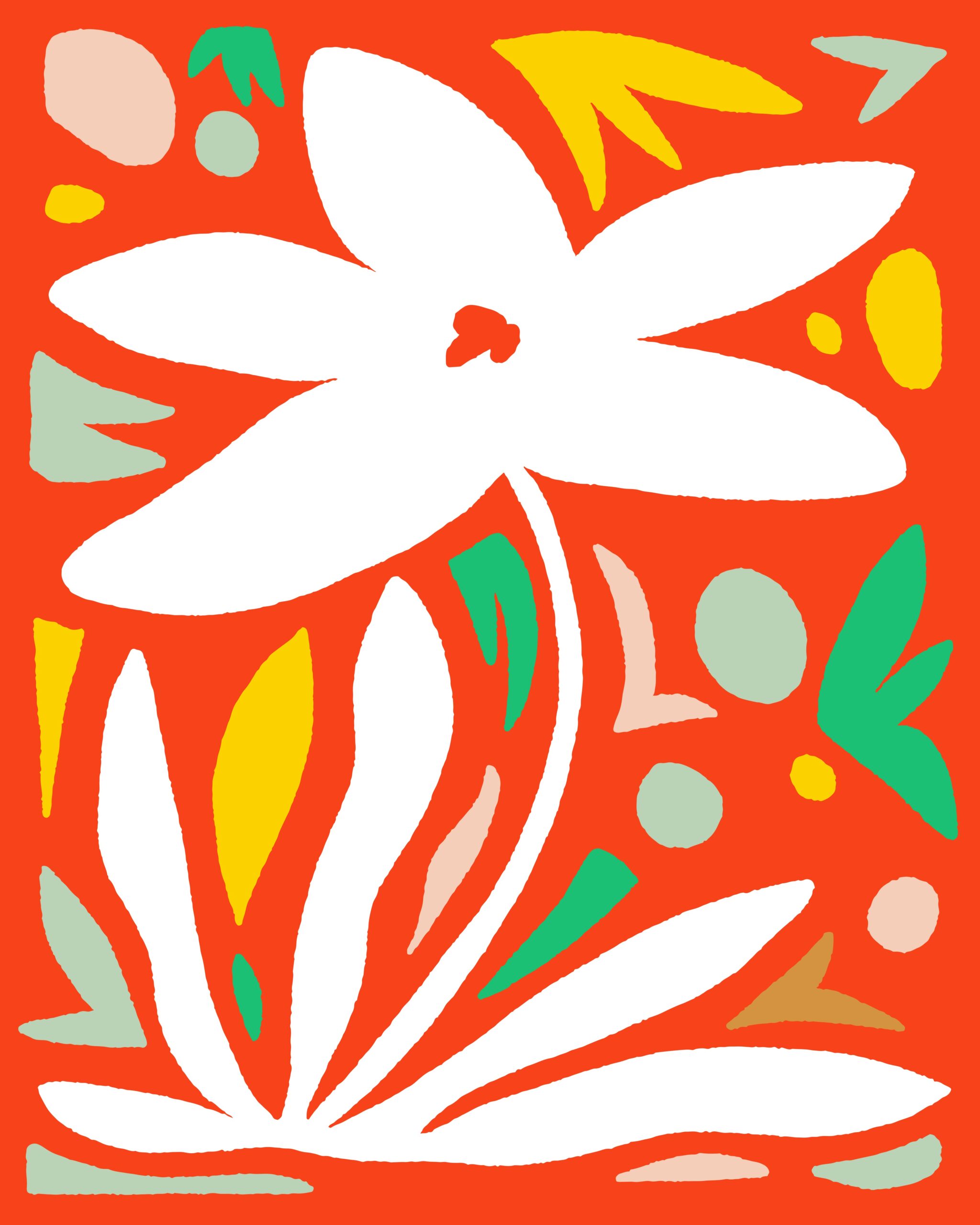- Free Offerings:
- Low-res watermarked art, social media previews, templates, or community access.
- Premium Content:
- High-res downloads, exclusive prints, custom commissions, courses, memberships, or licensing.
- Platforms:
- Use Patreon, Instagram, Etsy, etc., for free previews and premium sales.
- Upgrades:
- Offer trials, discounts, or bonuses to entice upgrades.
- Extra Value:
- Add perks like private events, critiques, or personalized interactions.
- Upsell:
- Highlight free vs. premium benefits with clear messaging.
- Community:
- Build loyal followers on platforms like Discord or Facebook.
- Optimize:
- Analyze metrics and adjust to improve conversions.
Attract users with free content, then convert them into paying customers.

Leave a Reply